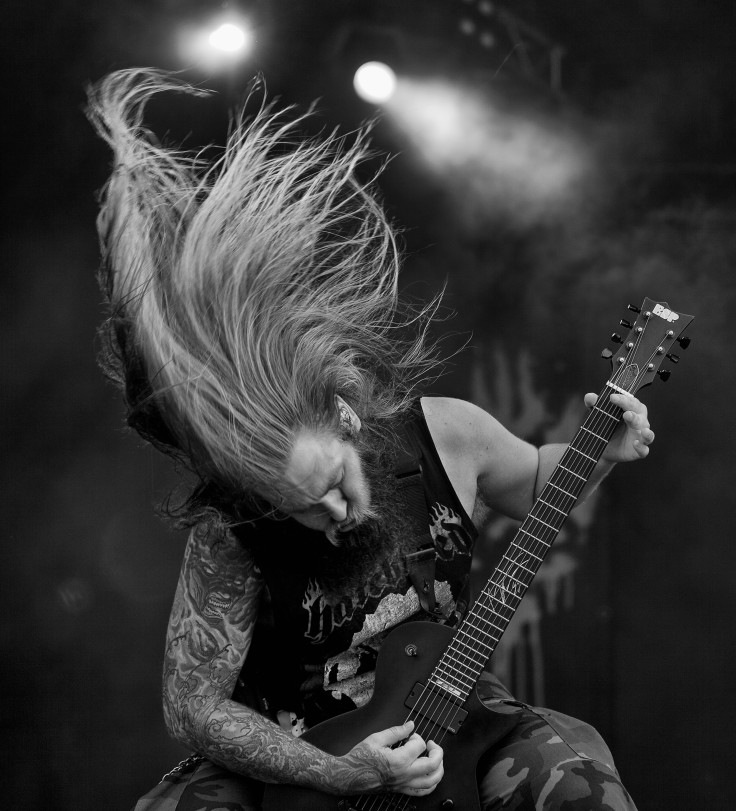Heavy Metal ‘Headbanging’ Causes Brain Damage — At Least In One Motorhead Fan

Decades after hirsute heavy metal bands like Led Zeppelin, Ozzy Osbourne, and Black Sabbath brought “headbanging” into the cultural zeitgeist, at least one aging fan has suffered brain damage from the “violent and rhythmic” head movement while attending a Motorhead concert this year.
The 50-year-old metal fan was examined by neurologists at Hannover Medical School after complaining of a worsening headache persisting for more than two weeks. Although the patient had no history of head trauma and denied substance abuse, there was one thing amiss about him: A month or so earlier, he’d engaged in what the doctors would later describe in The Lancet as “a contemporary dance form consisting of abrupt flexion—extension movements of the head to the rhythm of rock music, most commonly seen in the heavy metal genre.”
The metalhead was diagnosed with a subdural haematoma and released after surgeons removed the clot from the right side of his brain.
“Even though there are only a few documented cases of subdural haematomas [due to headbanging], the incidence may be higher because the symptoms of this type of brain injury are often clinically silent or cause only mild headache that resolves spontaneously,” Ariyan Pirayesh Islamian told The Independent. “This case serves as evidence in support of Motörhead’s reputation as one of the most hardcore rock [and] roll acts on earth, if nothing else because of their music’s contagious speed drive and the hazardous potential for headbanging fans to suffer brain injury.”
Although introduced in the early 1970s, documented injuries from headbanging remain rare and recent. Guitarist Terry Balsamo, of Evanescence, suffered a stroke from headbanging in 2005. Aside from brain injuries, musical performers engaging in headbanging have suffered spinal injuries, including Slayer bassist and vocalist Tom Araya, who in 2009 underwent anterior cervical discectomy and fusion. Likewise, Megadeth guitarist Dave Mustaine in 2011 blamed his neck and spine condition, stenosis, on years of rhythmic headbanging.
"Headbanging was introduced in the early 1970s,” Islamian and his colleagues wrote in the study. “The number of avid aficionados is unknown. While such shows are enjoyable and stimulating for the audience, some fans might be endangered by indulging in excessive headbanging.”



























